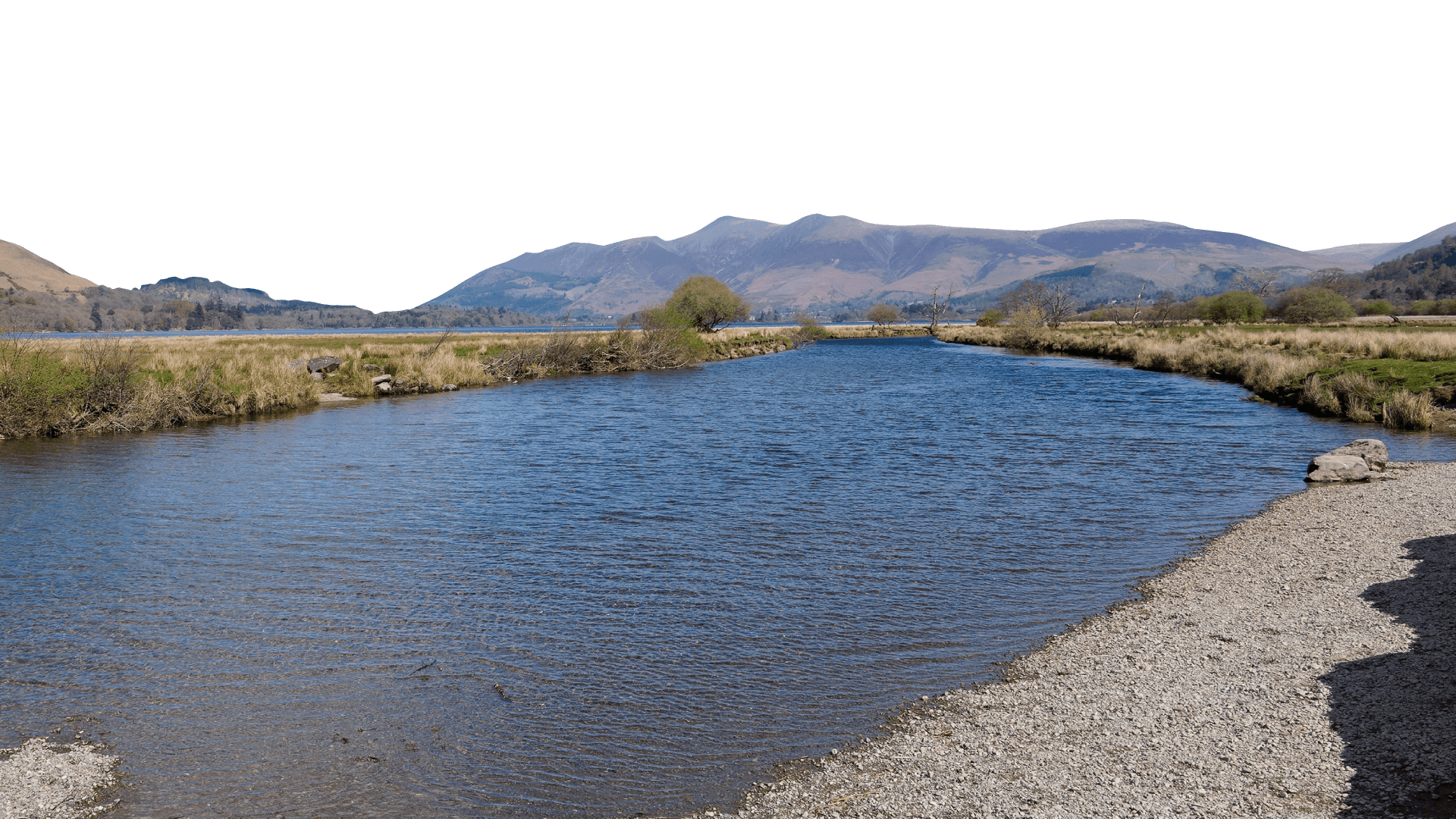
Vendace
Vendace (Coregonus vandesius) is the rarest freshwater fish in Britain, now found only in Derwentwater after Bassenthwaite Lake’s population was found to be extinct by a 2008 survey. To safeguard the species, fish from both lakes were translocated to Loch Keen and Dear Reservoir in the Scottish Borders in the mid-1990s. Both introductions were successful and the species has become established in both locations.
Vendace are small, streamlined, slim fish with a bluish green back, a white belly and silvery flanks. Their fins are grey and they have large eyes and a small mouth. They grow to between 20-25cm in length and live mainly in shoals in the deep water during the day, rising to the surface at dusk to feed before returning to deeper waters at dawn. They are commonly associated with deep, cool, well-oxygenated lakes in upland areas. They are very susceptible to poor water quality from pollution, siltation, de-oxygenation and predation by non-native species.
Water at least several metres deep is required to allow the fish to escape the stresses of summer heat, oxygen depletion and predation by other species. They spawn in November and December in shallow gravel. The eggs are not covered with gravel by the vendace and the incubation period is generally greater than 100 days, therefore they are at risk of siltation and predation. On hatching the young are free and able swimmers of 7-9mm in length. They have a small yolk sac, which is absorbed within the first few days, and they feed on zooplankton, their main diet throughout their life.
Vendace are categorised as being Endangered on the global IUCN Red list.
Did you know?
A population of vendace was also introduced to Sprinkling Tarn, 10 miles from Derwentwater in 2011 with the aim of creating a refuge for the species in cooler water.

